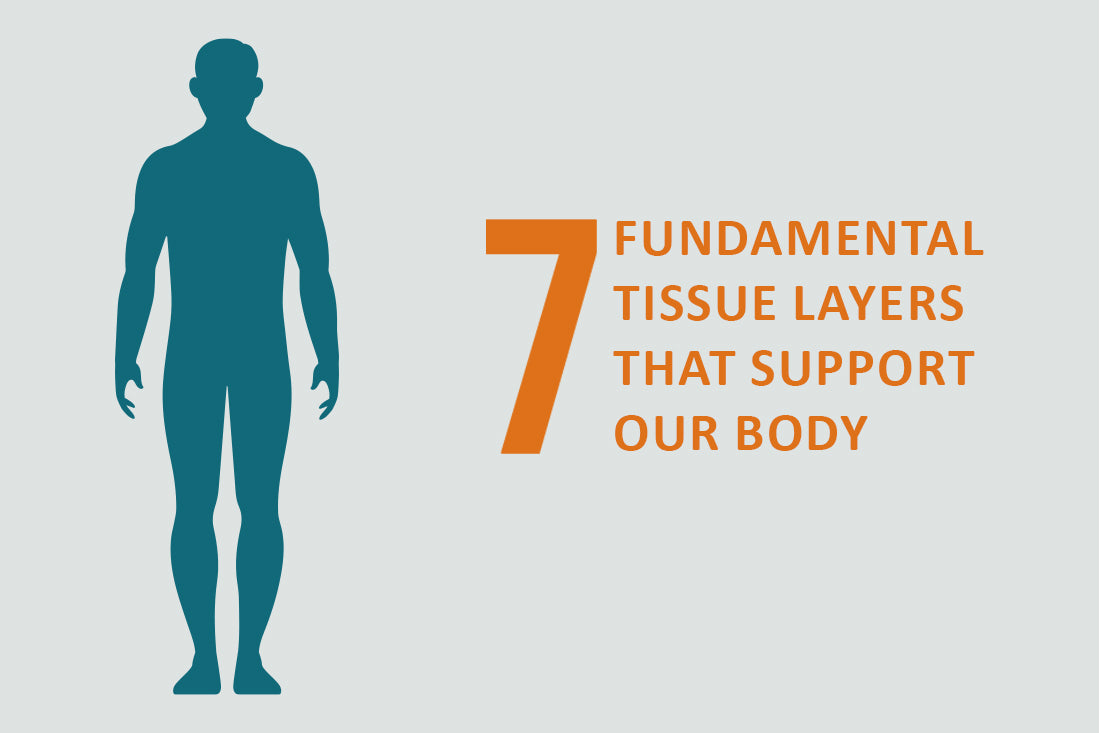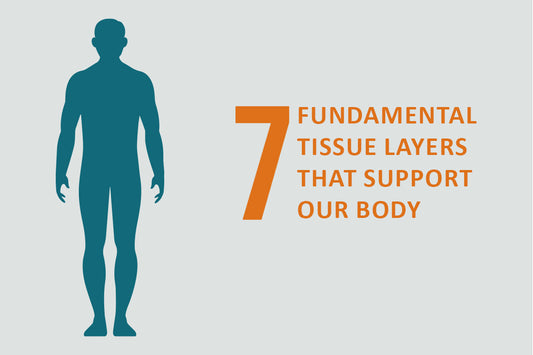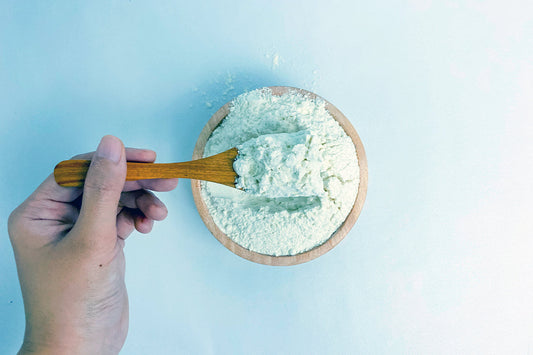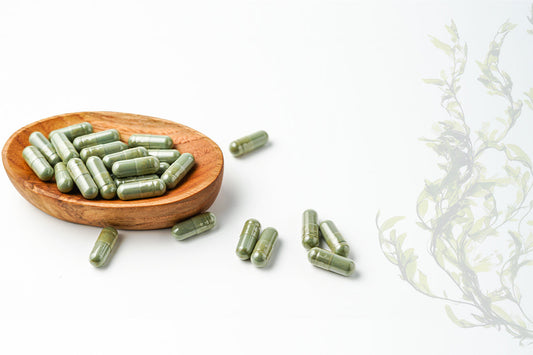In Ayurveda, Dhatus (from Sanskrit for “that which holds”) are the seven fundamental tissue layers that support our body’s structure, function, and vitality. They are:
- Rasa (Plasma/Lymph)
- Rakta (Blood)
- Mamsa (Muscle)
- Meda (Fat)
- Asthi (Bone)
- Majja (Bone Marrow & Nervous Tissue)
- Shukra (Reproductive Tissue)
Each dhatu builds upon the previous one, nourished by digested food (ahaara) and supported by its own metabolic process, known as dhatu-agni.
How Does Nourishment Flow Through Each Dhatu?
Digestive fire (Agni) sequentially converts digested food into each dhatu in the order above with excess nourishment moving to the next layer.
For example:
- Healthy rasa nourishes all tissues and supports immunity.
- Well-formed rakta gives vitality, a bright complexion, and mental clarity.
- Robust mamsa provides strength and structure.
- Balanced meda (fat tissue) helps in insulation, lubrication, and energy reserves.
- Asthi (bones) brings structure, while majja supports neurological health and bone marrow functions.
- The deeply nourishing shukra reflects vitality and contributes to reproductive and overall life force.
What Happens If Dhatus Don’t Receive Proper Nutrition?
When digestion is weak or unbalanced, the quality and quantity of these tissues suffer. Weak rasa may lead to poor immunity or dull skin. Undernourished rakta can result in fatigue and poor complexion. Weakened mamsa shows up as muscle loss or lack of strength.
Ultimately, imbalances in dhatus can manifest as physical symptoms (like bone fragility or nerve issues) and diminished vitality. By tending to our digestion and lifestyle, we support balanced dhatus and, in turn, holistic wellness.
Why Digestion (Agni) Is the Key to Nourishing Dhatus
Food alone isn’t enough; the body must digest it well to fuel each tissue layer effectively. The strength of your jatharagni (digestive fire) and each dhatu-agni determines whether your body can build strong, resilient tissues.
When each dhatu has a vibrant metabolic fire, nutrients flow freely, and health, resilience, and immunity naturally shine through.
How herbs support nourishment of dhatus
In Ayurveda, herbs are considered essential allies for nourishing the dhatus because they carry specific qualities that strengthen each tissue layer while supporting the flow of nutrition from one to the next. For example, Ashwagandha is traditionally used to support mamsa dhatu (muscle) and majja dhatu (nervous tissue), offering grounding and resilience. Turmeric supports rakta dhatu (blood), helping maintain purity and circulation, while Guduchi works gently across multiple tissues by supporting digestion and assimilation, ensuring nutrients actually reach each dhatu. Herbs act not only as direct nourishment but also as catalysts, improving the efficiency of agni (digestive fire) so that food can be properly transformed into healthy tissue. By incorporating such herbs into daily routines, the dhatus remain strong, balanced, and better able to sustain overall vitality.
Final Thought
Understanding the seven dhatus reveals how deeply food, digestion, and lifestyle choices shape our physical and energetic well-being. Nourishing each layer supports not just physical structure, but emotional poise, cognitive strength, and life force itself.
For those seeking to bring this wisdom into everyday life, Sandhu Herbals offers carefully crafted botanicals rooted in these timeless Ayurvedic traditions, providing modern support for age-old practices of radiance.






